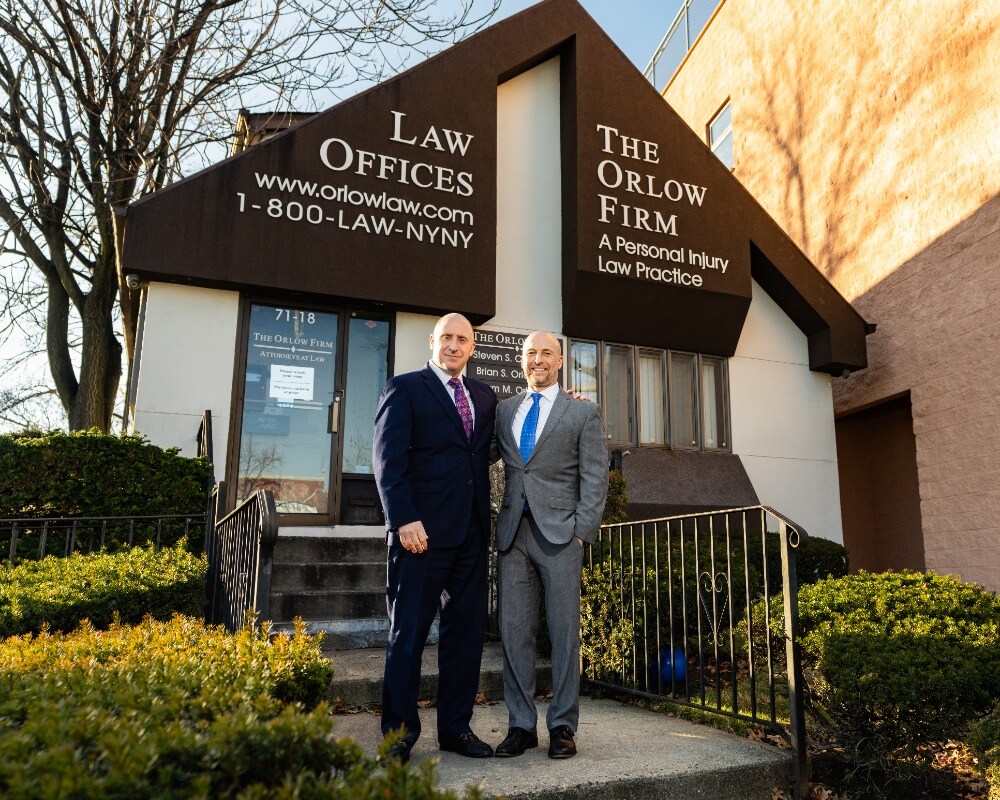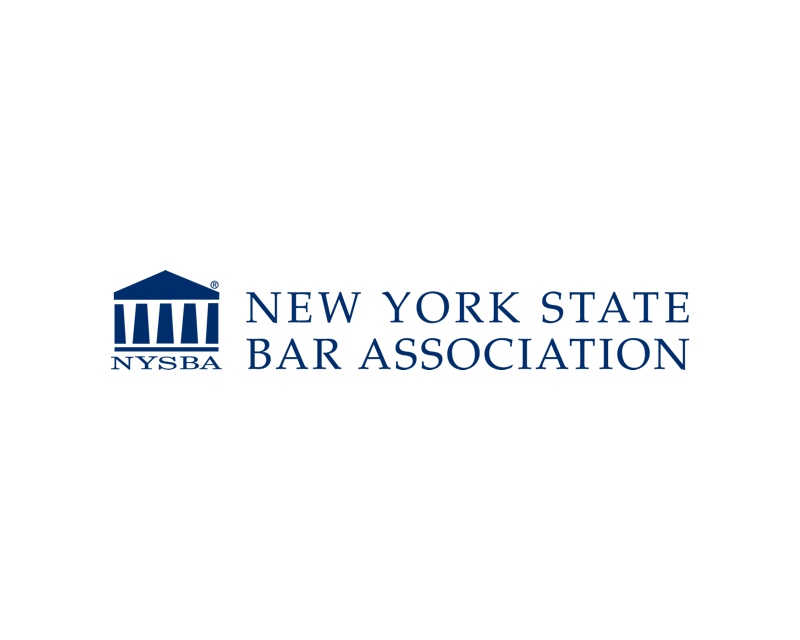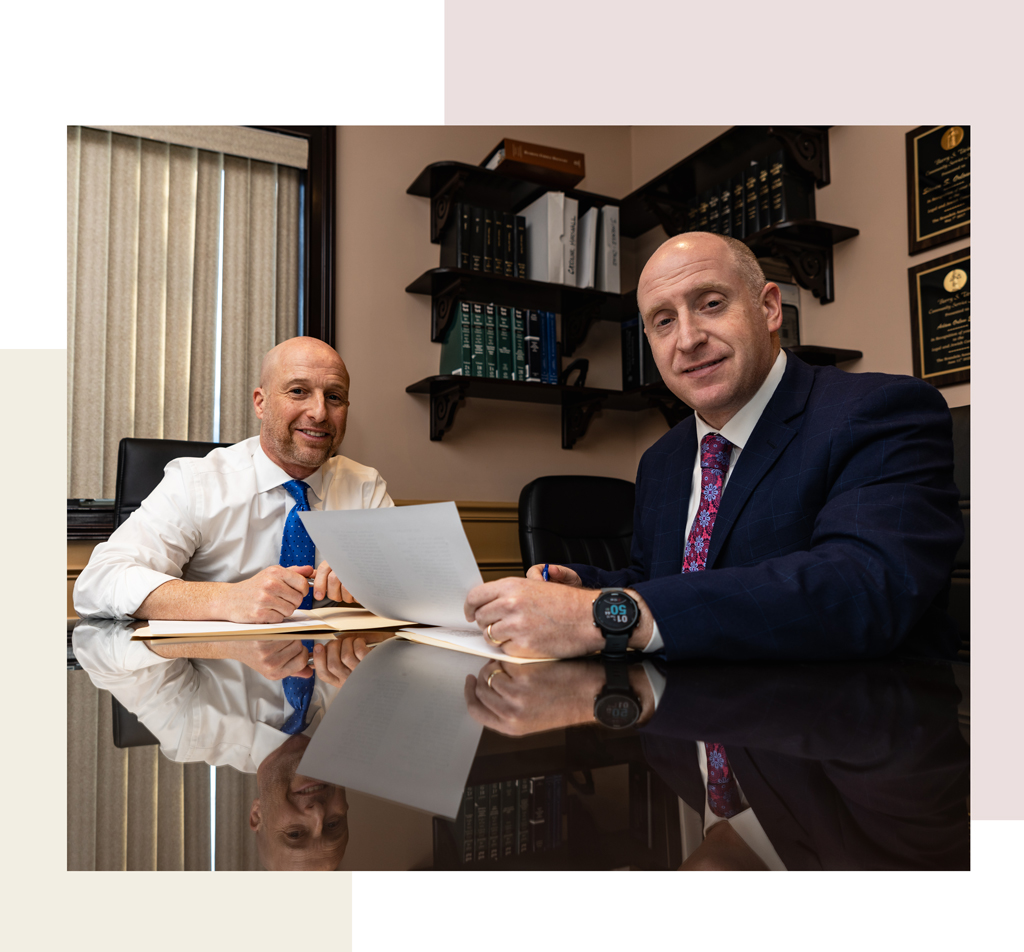Quick Answer: New York does not have damage caps for personal injury, medical malpractice, or wrongful death claims, meaning there are no legal limitations on the amount of compensation an injured person can receive. This includes both economic damages (like medical bills and lost wages) and non-economic damages (like pain and suffering).
No Limits on Damages: Unlike some states, New York allows injured individuals to fully recover economic damages to cover past and future expenses, according to the New York law firm JKNY Law.
Medical Malpractice: There are no statutory limits on damages in medical malpractice lawsuits in New York.
Wrongful Death: New York’s state constitution prohibits caps on damages in wrongful death claims.
Punitive Damages: Punitive damages, which are awarded to punish the defendant for gross negligence, are also not capped in New York.
No-Fault System: While New York has a “no-fault” system for auto insurance, this system does not limit the ability to seek compensation in a lawsuit against the at-fault driver for a “serious injury,”.
Factors Affecting Compensation: The amount of compensation awarded in a personal injury case can vary depending on factors like the severity of the injury, the conduct of the at-fault party, and the availability of insurance coverage.
Does New York Have Caps on Personal Injury Damages?
Unlike many other states, New York does not impose general caps on personal injury damages. This means that in most negligence cases—such as car accidents, slip and falls, or construction site injuries—there is no statutory limit to the amount a jury can award for economic or non-economic damages.
Victims in New York can seek full compensation for:
-
Medical expenses
-
Lost income and reduced earning capacity
-
Pain and suffering
-
Loss of consortium or enjoyment of life
That said, there are specific situations where limitations may apply, such as claims against government agencies or under certain federal laws. Additionally, while there are no fixed caps, courts do have the authority to reduce jury awards they find to be excessive under New York’s “remittitur” process.
Understanding when and how these exceptions apply is crucial, which is why having an experienced attorney can make all the difference in maximizing your claim.
Injured in New York? Call The Orlow Firm at (646) 647-3398 for a Free Consultation
Non-Economic Damages: Are There Limits in New York?
Non-economic damages refer to the intangible, subjective losses that a person suffers after an injury—things like chronic pain, emotional distress, loss of enjoyment of life, and the impact on personal relationships. These damages are often substantial because they reflect the deep personal toll of an injury.
In New York, there are currently no statutory caps on non-economic damages in personal injury cases, including claims for:
-
Pain and suffering
-
Mental anguish
-
Loss of consortium
-
Loss of companionship or guidance
This absence of a cap allows juries to consider the full scope of a victim’s suffering when awarding damages. However, if a jury’s award appears excessively high, a judge may reduce it if it “deviates materially from what would be reasonable compensation” under CPLR § 5501(c). This standard, unique to New York, is designed to prevent outlier awards while still respecting a jury’s role in valuing harm.
Even though there’s no fixed ceiling, effectively presenting the full extent of your non-economic losses requires legal skill and thorough documentation. An experienced trial lawyer can help translate emotional and psychological harm into a compelling, evidence-based claim.
Don’t Let Insurance Companies Undervalue Your Case — Call (646) 647-3398 Today
Medical Malpractice Cases: Proposed vs. Actual Caps
Medical malpractice is one area where damage caps are frequently debated—but in New York, there are currently no enacted caps on damages in medical malpractice cases. That includes both economic damages (like hospital bills and lost income) and non-economic damages (such as pain and suffering or loss of enjoyment of life).
Over the years, state legislators have introduced bills aimed at capping non-economic damages in medical malpractice claims—most notably Senate Bill S6781 (2017), which proposed a $250,000 cap on non-economic damages. However, these efforts have not passed into law, and no such limits currently apply.
View S6781 (2017, inactive)
It’s important to understand that, while the insurance industry and some advocacy groups argue that damage caps would help reduce healthcare costs, New York courts continue to allow full recovery based on the specific facts of each case. Judges still retain the authority to reduce excessive awards through judicial review, but no hard limits are imposed by statute.
As a result, victims of medical negligence in New York can pursue full compensation for the harm they’ve endured—something not all states permit.
Maximize Your Compensation. Speak With a Personal Injury Lawyer at (646) 647-3398
Punitive Damages in New York: Are They Capped?
Punitive damages are not intended to compensate the victim, but rather to punish especially reckless or malicious conduct and to deter others from engaging in similar behavior. These types of damages are awarded in addition to compensatory damages and are only available in cases involving egregious misconduct.
In New York, there is no statutory cap on punitive damages. However, they are:
-
Rarely awarded, and
-
Strictly limited by judicial standards and constitutional guidelines.
To succeed in a claim for punitive damages, the plaintiff must show that the defendant acted with “willful or wanton negligence,” fraud, malice, or a conscious disregard for the rights of others. This is a much higher bar than typical negligence.
Although there’s no set dollar limit, courts may reduce or overturn punitive damage awards that are deemed unreasonably high in relation to the compensatory damages. Under federal constitutional principles (such as BMW of North America, Inc. v. Gore, 517 U.S. 559 (1996)), punitive damages must generally maintain a reasonable ratio to actual harm—often cited as no more than 9:1, though exceptions exist.
Ultimately, while punitive damages are possible in New York and uncapped by statute, they are carefully scrutinized and typically reserved for the most extreme cases.
Maximize Your Compensation. Speak With a Personal Injury Lawyer at (646) 647-3398
Wrongful Death Damages: Special Considerations
In New York, wrongful death claims are governed by Estates, Powers & Trusts Law (EPTL) § 5-4.1, which allows surviving family members to recover certain types of damages when a loved one dies due to another party’s negligence or misconduct. However, New York’s wrongful death statute limits what kinds of damages can be recovered—effectively capping non-economic damages in these cases.
Specifically, current New York law does not permit recovery for emotional grief, pain and suffering, or loss of companionship in a wrongful death action. Instead, damages are limited to pecuniary (financial) losses, which may include:
- Lost wages and benefits the deceased would have provided
- Loss of parental guidance and nurturing (as a calculable financial impact)
- Funeral and medical expenses related to the fatal injury
This framework has faced criticism for undervaluing the emotional toll of a wrongful death, especially for families of children, retirees, or stay-at-home parents—whose deaths result in limited or no pecuniary loss under the statute.
Recent legislative efforts, such as the Grieving Families Act, have sought to expand the scope of recoverable damages in wrongful death cases to include emotional loss. While these efforts have gained traction, as of now, they have not been signed into law.
Track the Grieving Families Act (A6698/S6636)
Until reforms are enacted, New York’s wrongful death laws act as a functional cap on non-economic damages, limiting the compensation many families can receive after a tragic loss.
Maximize Your Compensation. Speak With a Personal Injury Lawyer at (646) 647-3398
Damages in Claims Against Government Entities
When an injury claim involves a New York State or municipal agency—such as the NYPD, MTA, or a public school—the rules are different. Claims against government entities are subject to the New York Court of Claims Act or General Municipal Law §§ 50-e and 50-i, which impose strict procedural requirements and certain limitations on damages.
While New York does not impose hard dollar caps on damages in government claims, plaintiffs must:
-
File a Notice of Claim within 90 days of the incident under GML § 50-e
-
Initiate legal action within one year and 90 days of the incident (for most claims)
-
Navigate a more limited scope of available damages, particularly for discretionary government functions
Importantly, even though there are no express statutory caps, government entities often challenge damage awards and courts may be more conservative in awarding high non-economic damages against public defendants. Some claims—such as those involving roadway design or law enforcement discretion—may also be barred by the doctrine of governmental immunity unless gross negligence is shown.
In short, while there’s no formal “cap” on damages for lawsuits against public entities in New York, procedural hurdles and judicial discretion can effectively limit recoveries. Working with a knowledgeable attorney is essential for preserving your rights and maximizing your compensation in these complex cases.
Exceptions and Judicial Review of Excessive Awards
Even though New York doesn’t impose statutory caps on most damages, that doesn’t mean damage awards are unlimited. Courts in New York play an important role in reviewing jury verdicts and may reduce (“remit”) or increase (“additur”) awards they find to be legally unreasonable.
Under CPLR § 5501(c), a damages award may be set aside if it “deviates materially from what would be reasonable compensation.” This standard allows judges to review whether the jury’s verdict is excessive or inadequate compared to established case law and prior verdicts in similar cases.
Common reasons for judicial review include:
-
Excessive pain and suffering awards
-
Inconsistent jury findings
-
Punitive damages that far exceed compensatory damages
In some cases, the court may order a new trial unless the parties accept a modified damages amount. This process creates a practical check on large verdicts, even in the absence of formal caps.
Because of this judicial oversight, it’s essential for attorneys to present not only compelling evidence of harm but also to support damage claims with verdict comparisons and expert testimony—particularly for non-economic damages that are harder to quantify.
Need Help Understanding Your Legal Rights? Contact The Orlow Firm Now: (646) 647-3398
How Juries Calculate Damages in New York
In New York, juries are responsible for calculating the amount of damages a plaintiff should receive in a personal injury or wrongful death case. The process includes both economic damages—like medical bills, lost income, and future care costs—and non-economic damages, such as pain and suffering or emotional loss.
To reach a fair award, juries consider:
-
Medical records and expert testimony on the severity and permanence of the injury
-
Employment records and vocational expert opinions to calculate lost earnings or reduced earning capacity
-
Testimony from the injured party, family members, or psychologists to understand the impact on daily life
-
Comparable verdicts in similar cases, if presented by attorneys to provide context
For non-economic damages in particular, jurors don’t have a strict formula—they are given judicial instructions and asked to use their judgment to assign a dollar value to the harm suffered. This can lead to substantial variation in awards based on the jury’s perception of the injury’s impact.
Judges are not allowed to substitute their own valuation unless the award is found to materially deviate from reasonable compensation (as explained in section 8), but jury decisions often stand unless challenged on appeal or reviewed by the court.
Because jury awards are so fact-sensitive, the skill with which evidence is presented can make a major difference in the outcome of your case.
Need Help Understanding Your Legal Rights? Contact The Orlow Firm Now: (646) 647-3398
Policy Debates: Should New York Introduce Damage Caps?
While New York currently does not impose caps on damages in most personal injury cases, the idea has been debated for years. Supporters of damage caps argue that limiting certain awards—particularly non-economic damages—could help:
-
Reduce insurance premiums for doctors and businesses
-
Prevent “runaway” jury verdicts
-
Lower overall costs in the healthcare and legal systems
Opponents, including many consumer rights advocates and personal injury attorneys, counter that damage caps:
-
Unfairly limit compensation for victims of life-altering injuries
-
Disproportionately harm vulnerable populations, such as children, seniors, and stay-at-home parents
-
Reduce accountability for negligent individuals and corporations
These debates have played out in Albany, with proposals like the Grieving Families Act seeking to expand damages in wrongful death cases, while other legislative efforts have pushed for caps in areas like medical malpractice. So far, New York lawmakers have rejected attempts to impose statewide caps, largely preserving the right of juries to determine fair compensation.
As of now, New York remains one of the few states with no general caps, a stance seen by many as a strong endorsement of victims’ rights and judicial discretion.
Need Help Understanding Your Legal Rights? Contact The Orlow Firm Now: (646) 647-3398
How an Experienced Personal Injury Lawyer Can Help
Navigating a personal injury claim in New York can be complex—especially when there are questions about the value of your case, the types of damages available, and the possibility of judicial review or special limitations. That’s why having an experienced personal injury attorney on your side is essential.
At The Orlow Firm, we help clients by:
-
Accurately calculating damages, including both economic and non-economic losses
-
Presenting strong evidence to support pain and suffering and emotional harm
-
Navigating procedural hurdles, especially in claims involving government entities
-
Challenging inadequate settlement offers and fighting for fair compensation at trial
-
Countering defense efforts to reduce or dismiss high jury awards
Because there are no general caps in New York, your final compensation may depend heavily on how well your case is presented and argued. Insurance companies know this—and they often try to take advantage of unrepresented claimants or pressure early settlements that don’t reflect the true value of a case.
With decades of experience representing injury victims throughout New York City, The Orlow Firm is committed to maximizing your recovery and protecting your rights at every step.
Don’t Let Insurance Companies Undervalue Your Case — Call (646) 647-3398 Today
Contact The Orlow Firm for a Free Consultation
If you or a loved one has been injured due to someone else’s negligence, understanding your rights—including what compensation you may be entitled to—is a critical first step. While New York does not impose general caps on damages, every case is different, and legal representation can make a significant difference in the outcome.
At The Orlow Firm, we offer free, no-obligation consultations to help you understand your legal options and the potential value of your claim. With offices in Manhattan, Queens, Brooklyn, and the Bronx, we proudly serve clients throughout New York City and are prepared to fight for the compensation you’re legally entitled to.










